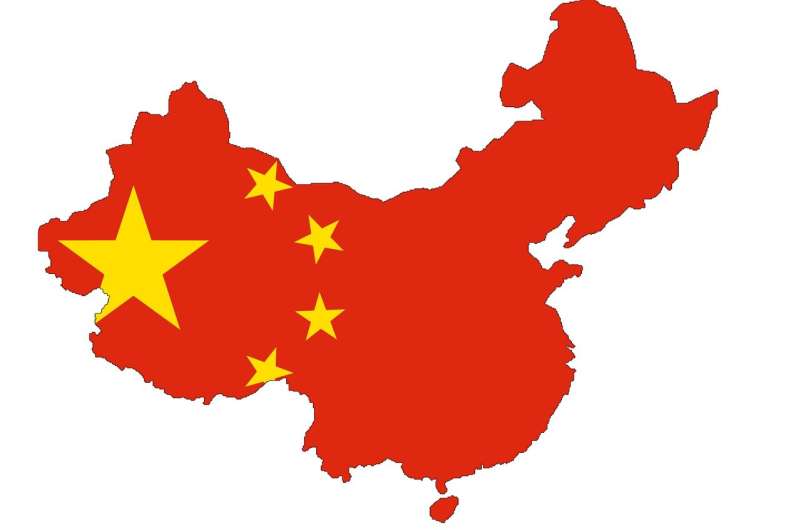Why the American technological war against China could backfire

The waged by the United States , .
U.S. President Joe Biden's administration has employed to prevent American and allied chip manufacturers from selling their most advanced products to China.
These restrictions are aimed at from . However, the People's Liberation Army uses very few high-tech chips. The tech war seems designed to cripple China's overall technological development and, by extension, its economic growth and prosperity.
Cautionary tale
Ongoing to cripple the Chinese telecom company Huawei may serve as a cautionary tale for the U.S.
American technological sanctions damaged the company and its role as a leading global producer of cellphones, but Huawei has as a cloud computing network company.
It has also re-entered the cellphone market, introducing its computer chips. American tech restrictions were meant to keep China stuck at manufacturing no more than 14-nanometer chips, keeping it at least eight to 10 years behind U.S. technology.
The accomplishment means that China is gaining ground on the U.S.
Recently, Huawei introduced , further closing the gap with the West.
Western observers requires international co-operation.
is the only company with the advanced lithography equipment needed to make three-nanometer chips. ASML built its machine using technologies from about seven other countries and took 20 years to get to market. Therefore, China is unlikely to succeed if it's relying only on itself to create independent capacity.
However, the basic understanding of how lithography works is well-known. China has pushed its existing ASML equipment beyond its original capabilities and is pioneering an that could see China mass-producing high-end semiconductors in the future.
Chinese education prowess
Most importantly, scientific knowledge cannot be contained and China has made extraordinary gains in its educational system.
Chinese high schoolers in four affluent provinces . According to Times Higher Education, Chinese universities are ."
, and they're in China, with Tsinghua University in Beijing in first place. Only two of the top 10 are American. , more than double that of the U.S.
China has been saddled with the stereotype that . But in 2022, as the country or territory publishing the most research articles in prestigious natural science journals.
China closed the gap remarkably quickly, by 21 percent since 2021 and 152 percent since 2016.
According to Japan's National Institute of Science and Technology Policy, , and had 27.2 percent of the world's top one percent of the most frequently cited papers, compared to 24.9 percent for the U.S.
A survey done by the determined that China is leading in 37 of 44 cutting-edge technologies, including nanoscale materials and synthetic biology. China is also as the U.S.
Cannot be cut off
This is not a country that . When it comes to the use and production of knowledge-based industries, China has more advantages than any other country in the world.
American actions will create a new generation of Chinese high-tech firms that will compete directly with the U.S. and western businesses from whom they used to buy their products. These firms will produce more affordable products than their western counterparts, and in the Global South.
Chinese electric vehicles are the , and . Even as direct U.S.-China trade has declined, .
Over the past year, is imminent. There's no question as it deals with deflationary pressures linked to real estate, high local government debt and reduced consumer confidence.
No collapse imminent
But China's critics have been predicting its collapse for decades. China keeps confounding them, and . .
The IMF expects China's growth to continue slowing in the future, but this forecast doesn't account for the technological potential that the country is unlocking.
China may be using the present debt crisis away from a volatile property market and towards a productive and sustainable high tech economy.
If so, American efforts to stifle China may have created the conditions needed to ensure its success.
Provided by The Conversation
This article is republished from under a Creative Commons license. Read the .![]()















